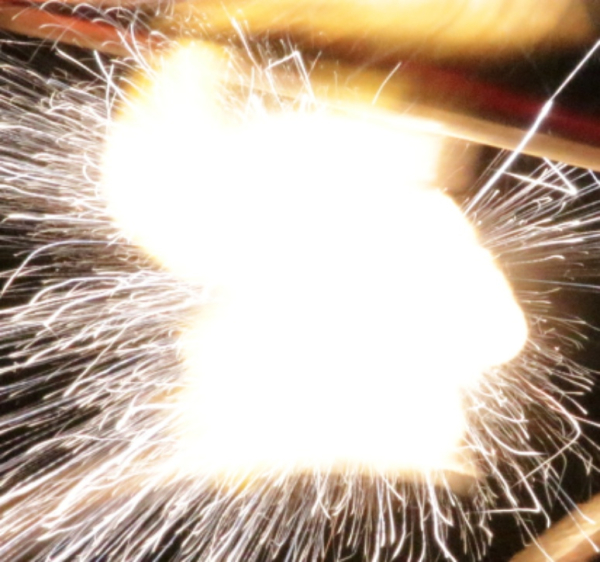
Boron Compounds
S. Brink
20th June 2016

Sodium Borate (aq)
S. Brink 6th June 2016
Significant heat and light has been observed from low energy electro-detonation of fuels containing boron compounds and hydrogen.
Boron 10 Nucleus
Boron 11 Nucleus
Experiment
Method: Fuel mixes containing bonded hydrogen and/or hydrides, and low atomic mass elements, including boron compounds, were electro-detonated and light flash morphology photographed.
Observations: Fuel mixes that include boron and hydrogen compounds, have been shown to produce significant heat and light energy.
Conclusion: Hydrogen-boron based fuel mixes may be excellent candidates for novel new energy systems.
Boron Compound + Metal Hydride
Experiments and photography
by Subtle Atomics.
Provisional patent lodged.
Physics
Experimental observations indicate significant excess energy release from electro-detonation of fuel mixes containing hydrogen based compounds and boron compounds.
The mechanism explaining excess energy from these systems is not well understood, but may be linked to an increased probability of fusion, transmutation or another nuclear process when de-excited electrons form under plasma conditions.
Boron may have a higher than average ability to capture and fuse with de-excited hydrogen states, generally consistent with the high neutron absorbsion cross section of Boron 10.
The new atomic model developed by Subtle Atomics is consistent with a higher than average capture potential for Boron isotopes.

Subtle Atomics is developing energy systems based on these experimental observations.


